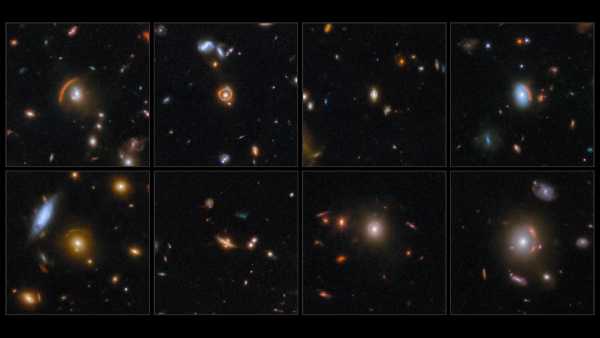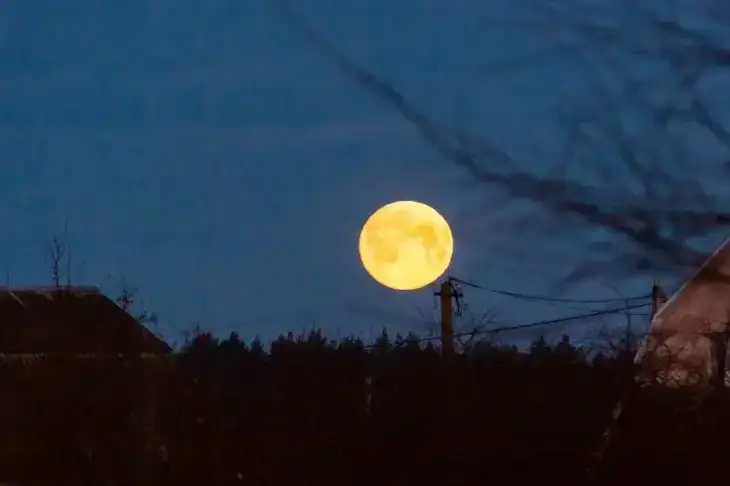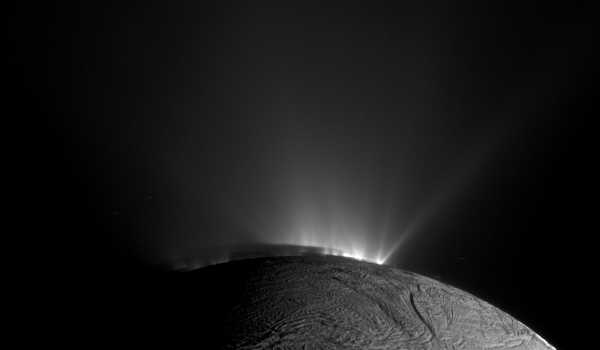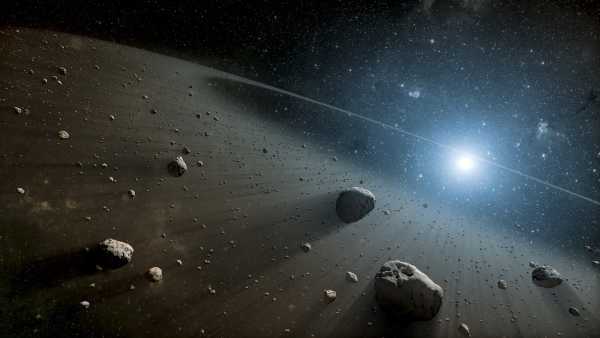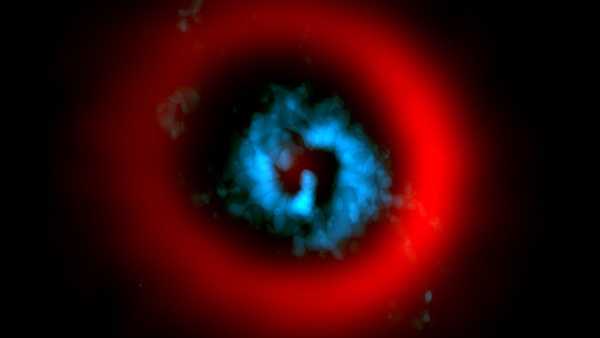
An ALMA image of the dust ring (red) and gas spirals (blue) of the circumstellar disk of AB Aurigae reveals the presence of gas spiral arms within a wide dust gap, suggesting planet formation. (Image courtesy of ALMA)
Protoplanets are celestial objects in the process of forming fully fledged planets in gas and dust disks surrounding hot young stars. These objects, often several times more massive than Jupiter, are still in their birth environments, actively feeding on surrounding material through their own circumplanetary disks. Unlike mature planets, protoplanets offer a rare glimpse into the turbulent, chaotic processes of planet formation, revealing how the worlds we see today are formed.
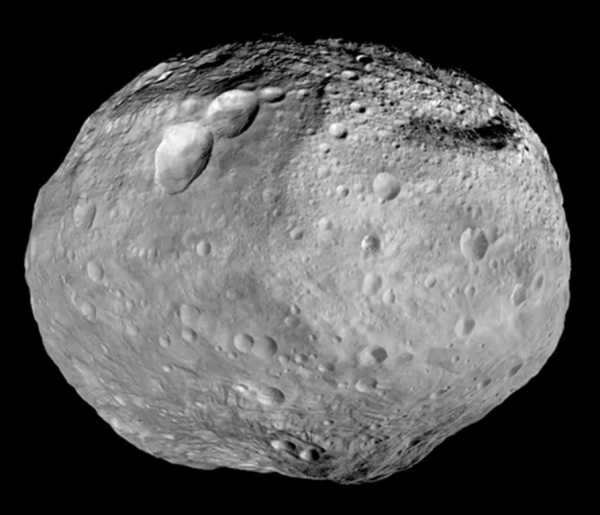
Vesta is a known surviving protoplanet.
Using the MUSE spectrograph on the Very Large Telescope in Chile, an international team led by researchers from the Astrobiology Center of Japan detected hydrogen alpha emission lines emanating from a protoplanet. This hydrogen emission originates from hot gas spiraling around the planet, fed by the surrounding protoplanetary disk.
You may like
-
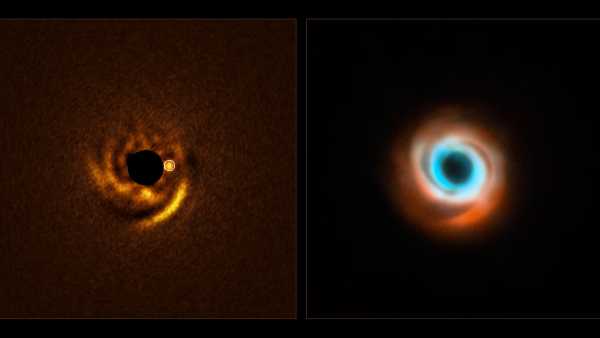
Astronomers observe a newborn planet emerging from dust around a Sun-like star: Space Photo of the Week
-
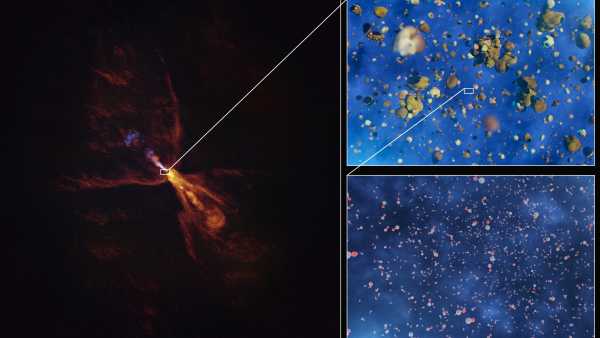
Astronomers are witnessing the birth of an alien planetary system right before their eyes.
-
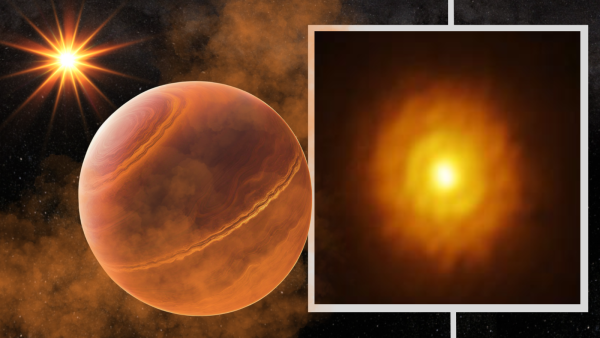
Astronomers have discovered a giant exoplanet hidden in the 'stellar fog' around a young star.
The hydrogen emission detected by AB Aurigae b exhibits a characteristic pattern that suggests gas is falling into the planet, rather than being blown out. This phenomenon is known as the “inverse P Cygni profile.” This pattern is observed in young stars undergoing rapid accretion, but AB Aurigae b is the first protoplanet to show such clear signs of ongoing mass accretion.
Emission is observed at wavelengths slightly blueshifted from the hydrogen alpha line, indicating gas moving toward us at approximately 100 kilometers per second. Absorption is observed at wavelengths slightly redshifted from the hydrogen alpha line, indicating material moving away from us at approximately 75 kilometers per second. This combination creates a characteristic “inverted” profile, indicating infalling matter.
AB Aurigae b is particularly interesting because, unlike other directly observed young planets, which orbit within the orbits of their disks, AB Aurigae b remains buried within its parent disk. This allows us to observe the actual feeding process, as the planet accumulates mass from its surroundings. The system's young age, approximately 2 million years, means we are witnessing planet formation in its earliest stages.
Observations of AB Aurigae b challenge standard models of planet formation. Located so far from its star, the planet likely formed through the rapid collapse of dense disk regions under its own gravity, rather than through core accretion, as is the case with Jupiter and Saturn.
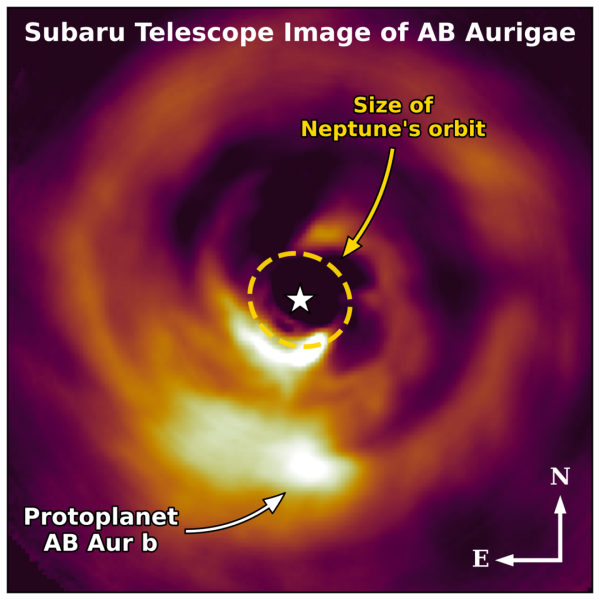
The Subaru Telescope Discovers the Protoplanet AB Aurigae. RELATED ARTICLES
These are the clearest images to date of planets being born around distant stars.
The James Webb Space Telescope has detected a strange disk around a star that could shatter theories of planet formation.
— An unexpected discovery in the atmosphere of an alien planet could revolutionize decades of planet formation theory.
The detection of hydrogen emission provides direct evidence of mass accretion onto a protoplanet within the disk from which it formed, providing key insights into how gas giant planets grow during their formation. The circumplanetary disk surrounding AB Aurigae b acts as a feeding mechanism, diverting matter from the larger protoplanetary disk onto the growing planet.
The discovery of AB Aurigae b marks the beginning of a new era in the study of planet formation. Future observations will help determine precisely how much of the detected radiation comes from the planet itself, how much is recycled light from the surrounding disk, and whether similar signatures can be found in other young stars.
The original version of this article was published in Universe Today magazine.

Mark Thompson, science broadcaster and author
Mark Thompson is known for his tireless efforts to make science accessible to the general public through television, radio, podcasts, and book appearances. He has appeared on the award-nominated BBC television show Stargazing LIVE, and his theatre show Spectacular Science has received five stars from British theatre critics. In 2018, Mark received an honorary doctorate from the University of East Anglia.
You must verify your public display name before commenting.
Please log out and log back in. You will then be asked to enter a display name.
Exit Read more
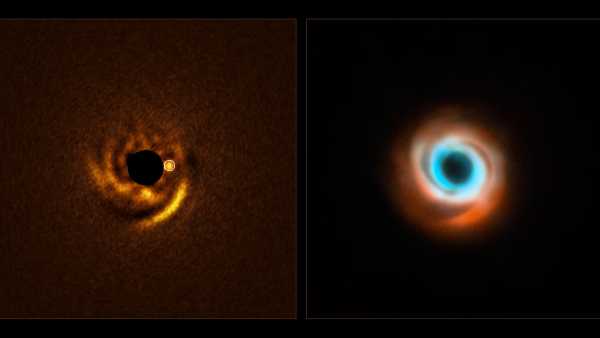
Astronomers observe a newborn planet emerging from dust around a Sun-like star: Space Photo of the Week
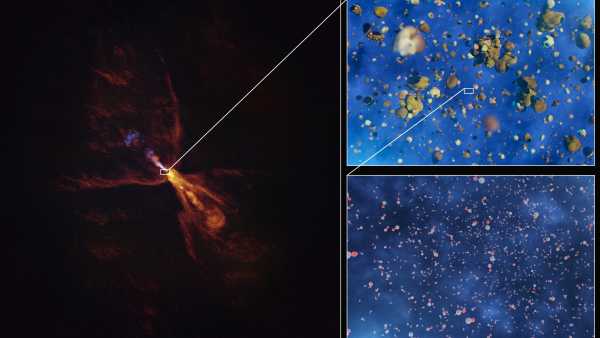
Astronomers are witnessing the birth of an alien planetary system right before their eyes.
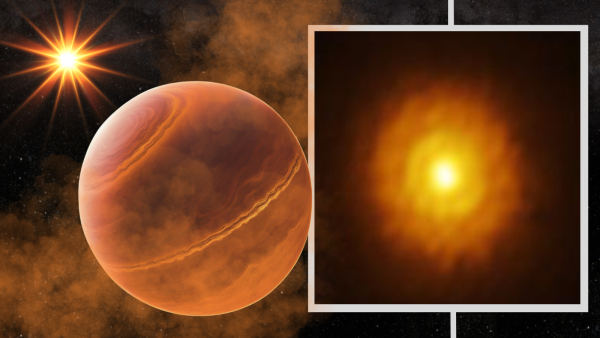
Astronomers have discovered a giant exoplanet hidden in the 'stellar fog' around a young star.
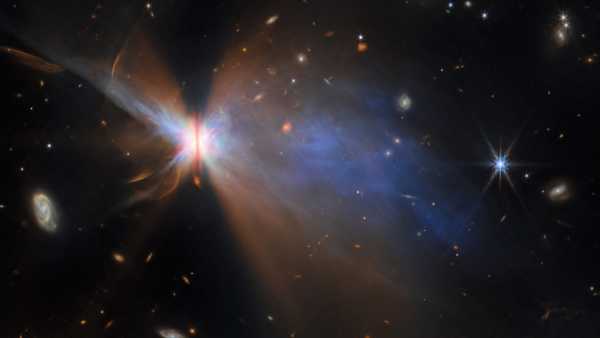
The James Webb Space Telescope has discovered a deformed “butterfly star” shedding its chrysalis. — Space Photo of the Week
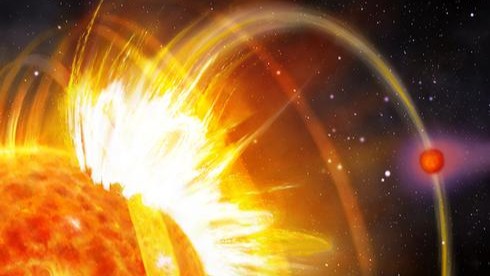
'A Completely New Phenomenon': Astronomers Discover a Planet That Causes Its Star to Constantly Explode
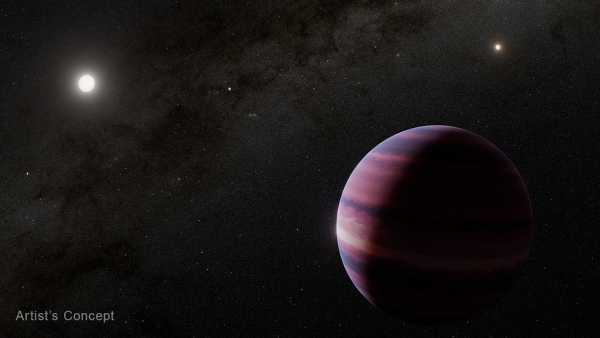
'JWST's most important discovery to date': James Webb spots – and then loses – a giant planet orbiting in the habitable zone of our nearest Sun-like star.
Latest astronomy news
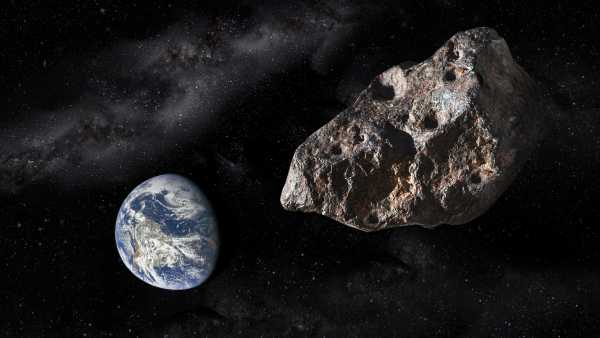
City-killer asteroid could be destroyed by nuclear explosion before it approaches the Moon
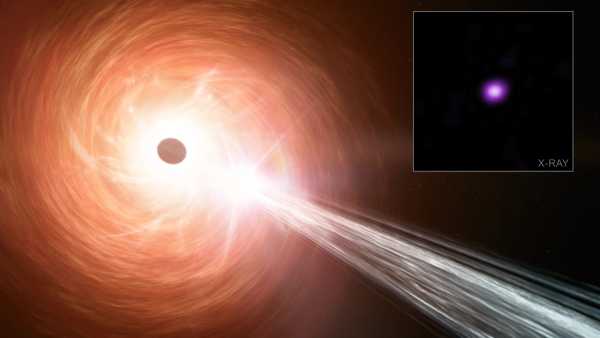
'Shocking': Black hole discovered growing 2.4 times faster than theoretical limit
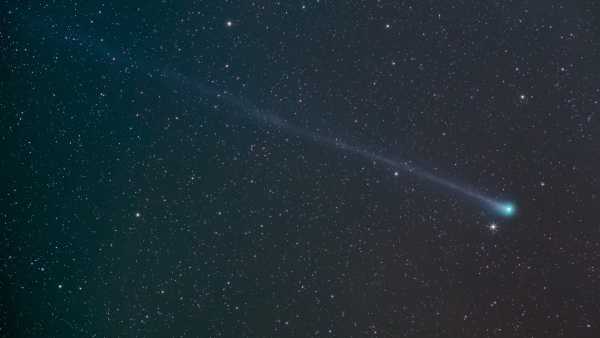
Watch the sky! This October, you'll be able to see two bright comets on the same night during a meteor shower.
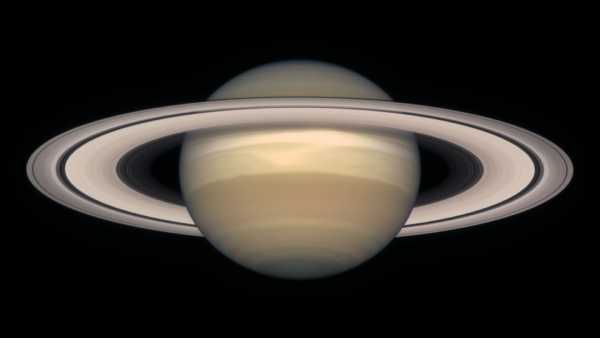
Saturn will be at its brightest and largest on September 21—here's how to see it.
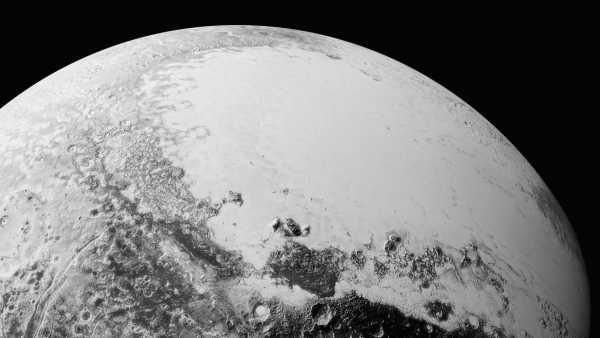
Why does Pluto have such a strange orbit?
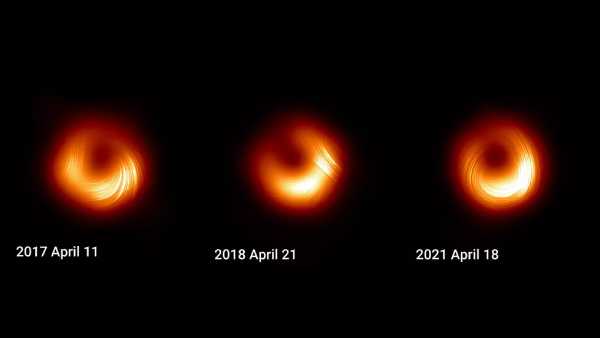
'Dramatic' changes detected in first-ever photographed black hole
Latest news
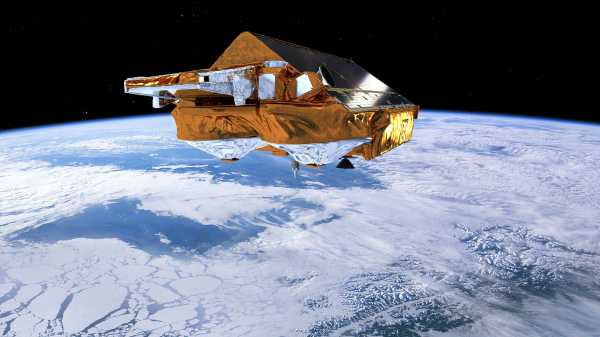
Scientists have discovered 85 “active” lakes buried beneath Antarctic ice.
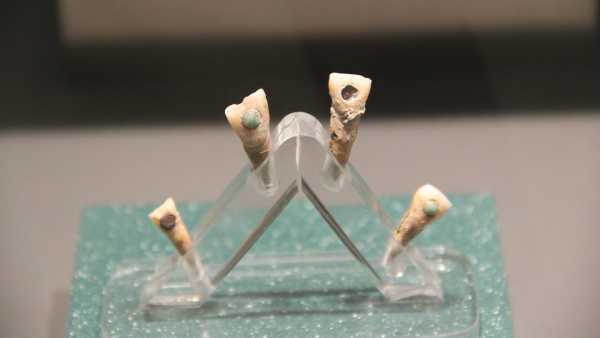
A new study has revealed that a seven-year-old Mayan child had a green jade “tooth tartar”
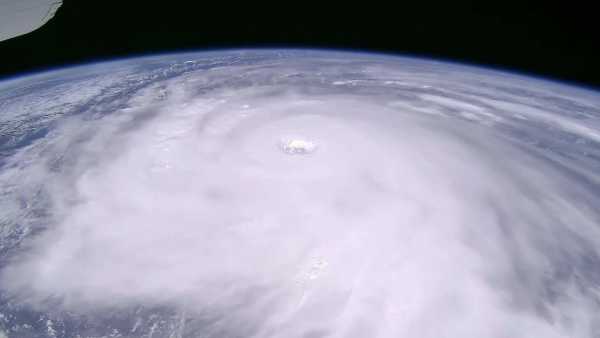
'Serious threat': China braces for the approach of Super Typhoon Ragas, the strongest storm this year, with winds reaching 180 km/h.
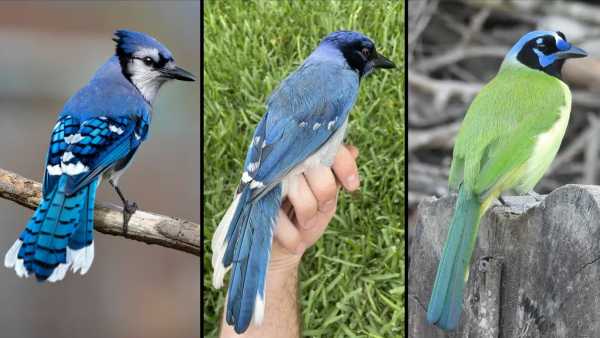
A rare blue-green hybrid jay spotted in Texas is a descendant of birds whose lineages diverged 7 million years ago.
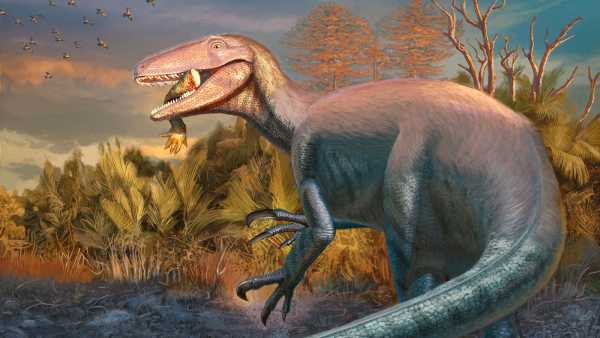
A giant dinosaur with “brushcutter-like claws” and a crocodile leg still in its mouth has been found in Argentina.
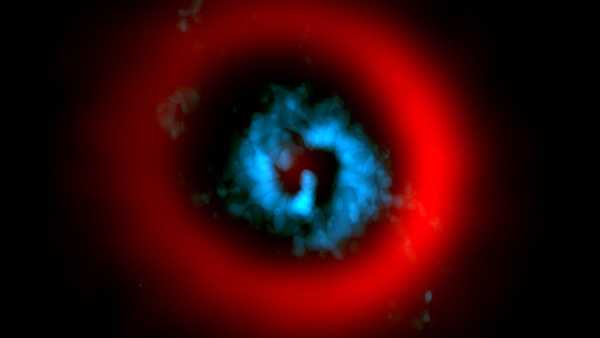
Scientists are observing the birth of a young planet in real time (photo)
LATEST ARTICLES
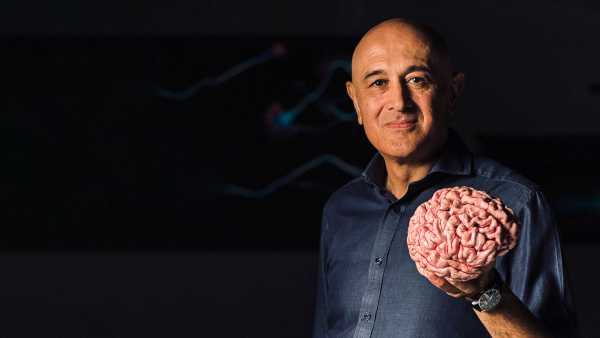
1In Secrets of the Brain, Jim Al-Khalili explores 600 million years of brain evolution to understand what makes us human.
Live Science magazine is part of Future US Inc., an international media group and leading digital publisher. Visit our corporate website.
- About Us
- Contact Future experts
- Terms and Conditions
- Privacy Policy
- Cookie Policy
- Accessibility Statement
- Advertise with us
- Web notifications
- Career
- Editorial standards
- How to present history to us
© Future US, Inc. Full 7th Floor, 130 West 42nd Street, New York, NY 10036.
var dfp_config = { “site_platform”: “vanilla”, “keywords”: “type-news-daily,type-crosspost,exclude-from-syndication,serversidehawk,videoarticle,van-enable-adviser-
Sourse: www.livescience.com


